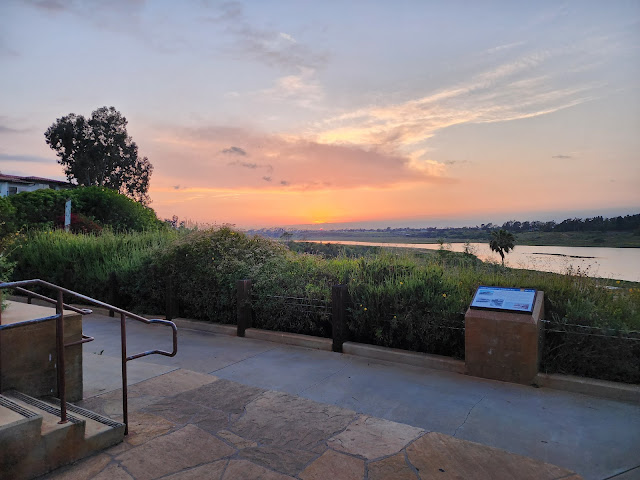a thin cloud across the sun during totality didn't really interfere with the visual experience (photos another story). i could easily see the black disk surrounded by a glowing ring of light, and colored prominences. that being said, someone about 100 miles north along the track reported clear skies for totality :(
 |
Thin cloud passing right in front of eclipsed sun.
Russellville, Arkansas 4/8/2024
also note Venus (right) and Jupiter (left) |
The first thing i did in planning for the 2024 eclipse was to find the location with the best chance of clear skies...
Bad news. Based on historical data, the chance for clear skies was less than 50% across the entire US eclipse path, with the chance being best in the south and worse further north. Furthermore, the weather patterns were such that large swathes of the path would be taken out all at once, so not easy to drive to clear skies.
after hours combing through this website run by eclipsophile meteorologist Jay Anderson, i came up with Kerrville Texas as the best location, with Russellville Arkansas as a back up, and Cleveland as a third (a friend from Cleveland talked me out of this one). I booked refundable flights and rooms for both, making the final decision two days before the eclipse when weather models can be fairly accurate. At that point the chance of heavy clouds was near 100% for southern texas and very low for arkansas. ironically maine, which a priori had the worst chance of clear skies wound up being the best:  |
weather satellite view of the eclipse shadow from
pivotal weather.com |
 |
| russellville seemed a pretty popular destination for the west coast |
many people watched the eclipse from in front of the hotel where they were renting out parking spaces next to a lawn. playing up to the event, the hotel gave out schwag bags including sun chips, capri sun, star burst, and eclipse gum...i had my own bud lite. from there, they viewed the eclipse over the holiday inn--a great ad, but not the most scenic.
after scouting a few locations in the area, i went back to my hotel and spotted a nice green pasture with a few cows right out back (seemed very Arkansas):
 |
| eclipse scouting, holiday inn, Russellville AR |
 |
| Will the cows moo at the moon covered sun? |
more details:
samsung galaxy S22 ultra
detailed interactive eclipse path:
http://xjubier.free.fr/en/site_pages/solar_eclipses/TSE_2024_GoogleMapFull.html
also links to optimal exposure times
eclipse weather:
https://eclipsophile.com/2024tse/
weather in arkansas typically better slightly north of center line, hence russellville




































